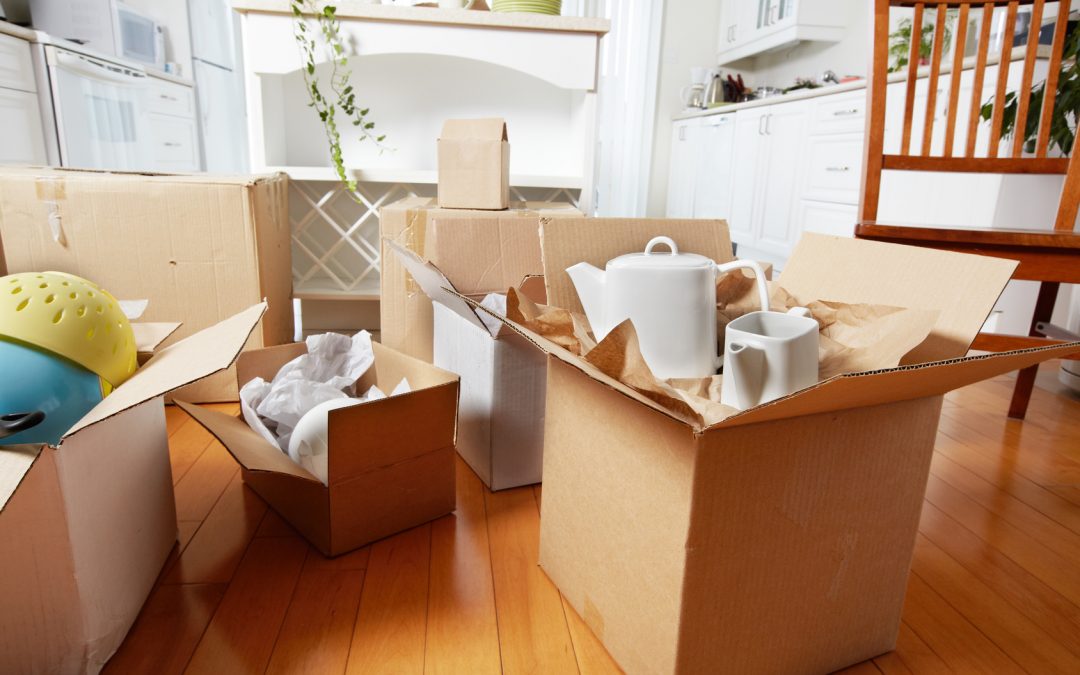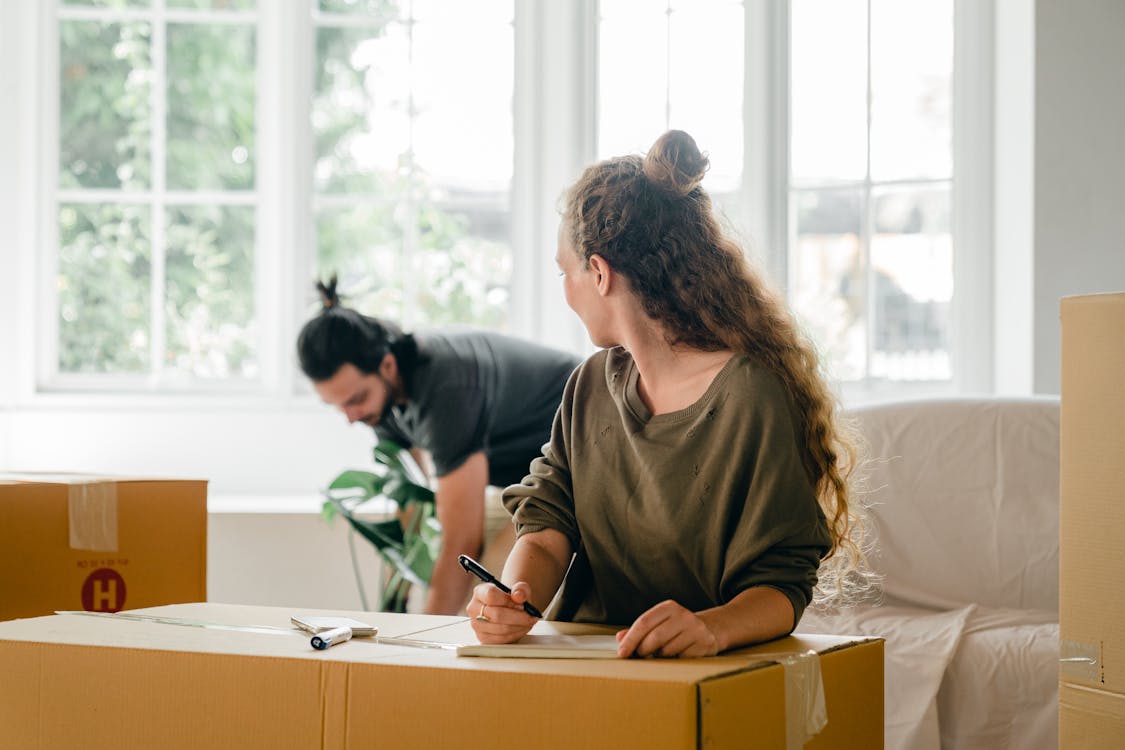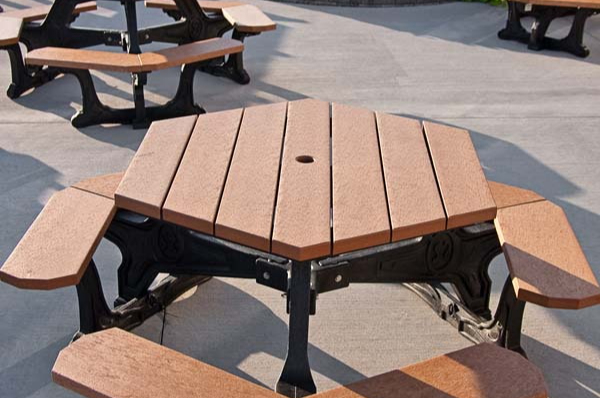The Essential Moving Checklist: From Start to Finish

Moving can be a highly stressful experience, requiring meticulous planning, organization, and attention to detail. You can’t just wing it. Whether you're relocating nearby or across the country, a well-structured checklist becomes your lifeline, ensuring you cover all essential steps.
In 2022, New Jersey ranked 3rd among states with the most outbound moves. Many people left in search of more affordable places to reside, reflecting shifting migration patterns. Regardless of your reasons for moving, a comprehensive checklist can significantly ease the process.
Selecting the Ideal Moving Service

Begin by conducting research, comparing costs, reading reviews, and assessing the range of services offered by various companies. Key factors to consider include packing assistance, insurance options, and the quality of equipment.
Did you know the cost of living in New Jersey exceeds the national average by 13%? This high cost often pushes residents to seek more budget-friendly locations. Sometimes, moves don't go exactly as anticipated.
Perhaps your new home isn't ready, or you need to downsize temporarily. In these situations, having access to storage is beneficial. Imagine a storage unit delivered right to your doorstep. You fill it up, and when ready, the company moves it to their secure facilities.
For those in New Jersey, certain moving services even offer this mobile storage solution. Always choose a trustworthy New Jersey mobile storage company to ensure your move is smooth and storage worries are a thing of the past.
Pre-Moving Preparation

Take a page out of Marie Kondo's book. Starting 2 to 2.5 months before your scheduled move provides ample time to declutter your belongings. Take a moment to assess which items truly spark joy and are essential for your new home. You might discover that some possessions can be sold for some extra cash, while others could find a new purpose through donation.
As the moving day draws near, consider creating a dedicated folder or binder. This will serve as your central hub for all important documents related to the move, such as price estimates and signed agreements. Remember to keep your loved ones in the loop about your moving plans. Communication is key to ensuring a smooth transition.
Packing Supplies and Organization
:max_bytes(150000):strip_icc():format(webp)/Unpack_HERO-5d1a3f330b4444f7be9a6b3c3f5c572b.jpg)
To ensure a smooth move, having the right packing materials is vital. Start by gathering essential items: boxes in various sizes, strong tape to seal them, bubble wrap for fragile goods, and markers to jot down contents. When you begin packing, a systematic approach helps.
Group your belongings either by the room they're from or by their nature (like kitchen items, clothes, or electronics). As you fill up a box, always write on it. Clearly state what's inside and indicate its destined room in your new place.
Essential Box Preparation

Moving can be tiring. After a long day, searching through numerous boxes for basics isn't ideal. That's where the essentials box comes in handy. This will be your first-night survival kit. Within this box, put items you know you'll require right away or during the first 24 hours.
Basic hygiene items, like toothpaste or soap, should be included. Add a set of clothes for the next day. Your phone charger and any daily medications are also crucial. Don't forget important papers, maybe your lease or ID.
Notify Important Parties

When you move, there's a list of places that need to know about your new address. First and foremost, talk to your bank. They send statements and cards, so they should be updated promptly. Your insurance firm needs to know, too, especially if your coverage depends on your location.
If you have regular check-ups or treatments, tell your healthcare providers so that they can adjust their records. Mail can be a big concern. Nobody wants their letters or packages to go to their old place. Visit the postal service and request a mail redirection.
Utility Management

Moving homes isn't just about boxes and furniture. Utilities play a vital role, too. Before you shift, think about all the services you rely on daily: electricity, water supply, gas, and your internet connection. It's smart to get a head start, so around one or two weeks before the move, get in touch with your utility providers. Let them know your moving date. Arrange for services at your old place to be turned off shortly after you leave.
At the same time, set up connections at your new home so everything's running when you arrive. This careful planning means you won't be left in the dark — literally or figuratively.
Prepare Appliances

One thing many people overlook during a move is prepping their appliances. Your refrigerator, for example, needs attention. It's best to defrost it a day or two before moving. This will help in avoiding any messy — and rather inconvenient — water leaks.
Similarly, your washing machine should be drained of any residual water. Appliances like ovens or microwaves should be wiped down, ensuring they're clean and free of food particles.
Moving Day Essentials

When the day finally arrives to shift to your new place, there are some key things to keep in mind. First, dress for the occasion. Pick clothes that you can move around in easily and shoes that are both comfortable and protective.
Remember, there will be lots of lifting and walking. Safety first! Important papers, any expensive jewelry, or irreplaceable items should stay close to you, preferably in a small bag or backpack. Heavy work awaits, so pack some light snacks and refreshments to keep your energy up.
And, just in case of minor injuries or headaches, a basic first-aid kit can be a lifesaver. While professional movers are trustworthy, it's a good practice to keep an eye on the moving process. Before they leave, revisit the inventory list to ensure everything is accounted for.
Post-Move Activities

After the hustle of moving day, the next steps involve settling into your new place. Start by opening your essentials box; it contains items you'll immediately need.
When it comes to your belongings, prioritize the big items. Getting larger furniture like beds or sofas in place first will give structure to your rooms. After that, you can gradually unpack the rest.
Remember, you've changed your residence, so it's important to inform the Department of Motor Vehicles. Your driving documents, like the license and vehicle registration, need to reflect your current address. As you continue to settle, unpack items room by room.
Conclusion
Moving can be stressful. Planning ahead helps. From researching moving services to unpacking at your new place, every step matters. Secure your packing supplies early and categorize items. Pack an essentials box for the first night. Inform important institutions about your move.
Manage utilities and prepare appliances. On a moving day, dress comfortably and supervise movers. After settling in, update your driving documents and take your time unpacking. Stay organized, and soon, your new house will feel like home.








